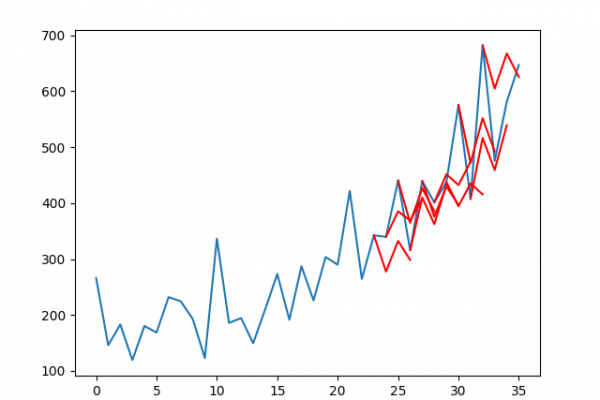Dropout with LSTM Networks for Time Series Forecasting
Last Updated on August 28, 2020 Long Short-Term Memory (LSTM) models are a type of recurrent neural network capable of learning sequences of observations. This may make them a network well suited to time series forecasting. An issue with LSTMs is that they can easily overfit training data, reducing their predictive skill. Dropout is a regularization method where input and recurrent connections to LSTM units are probabilistically excluded from activation and weight updates while training a network. This has the […]
Read more








